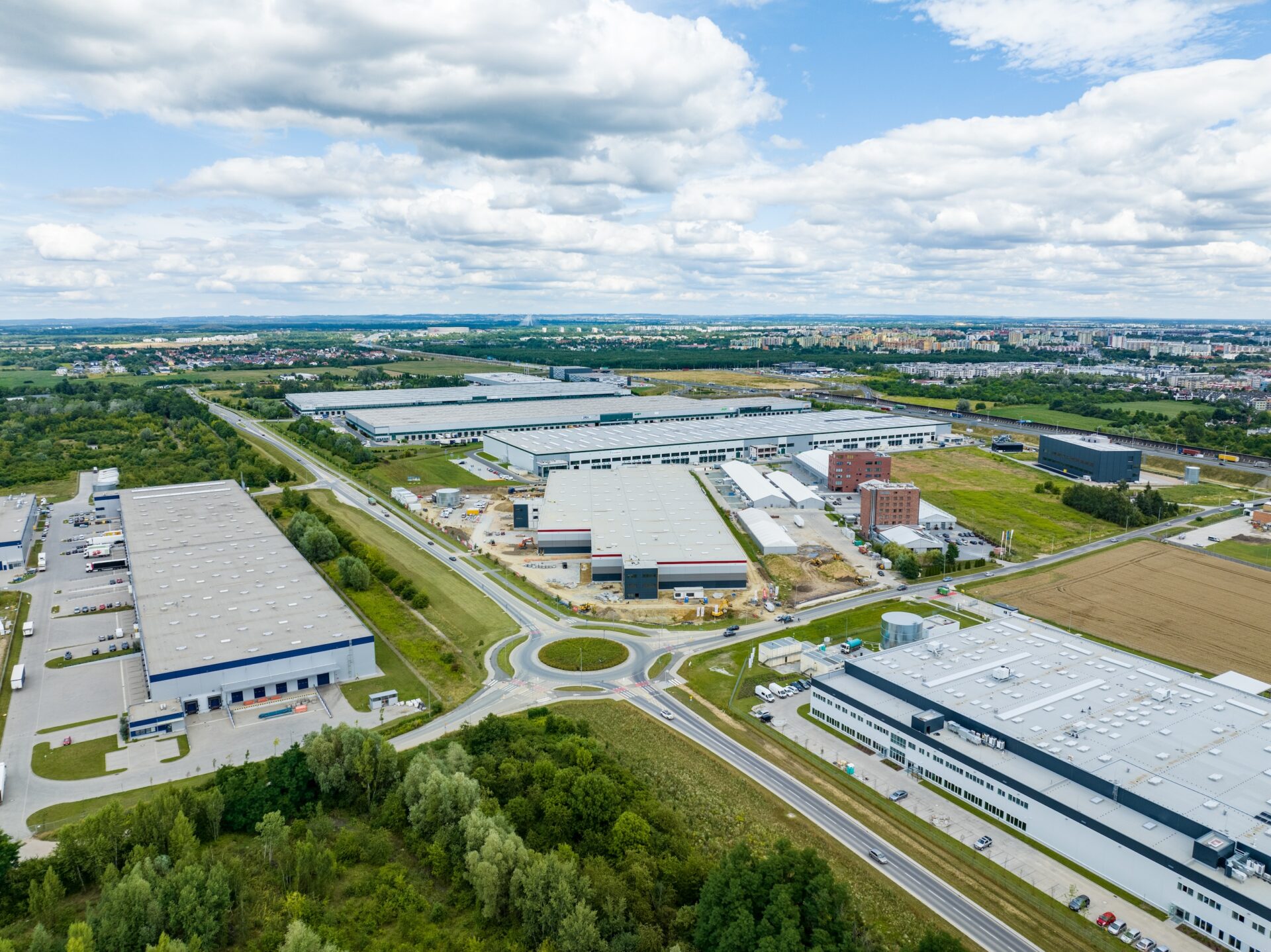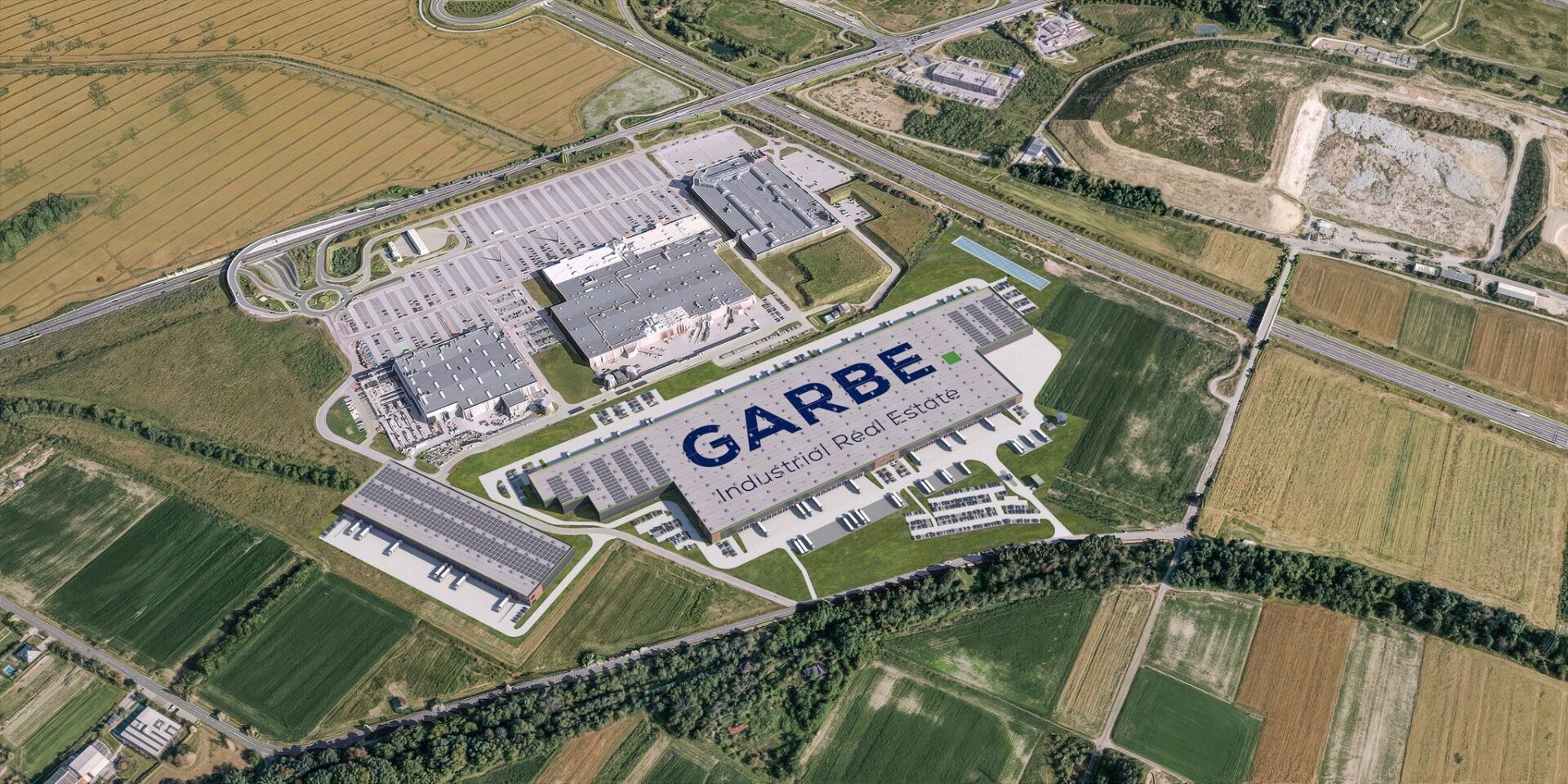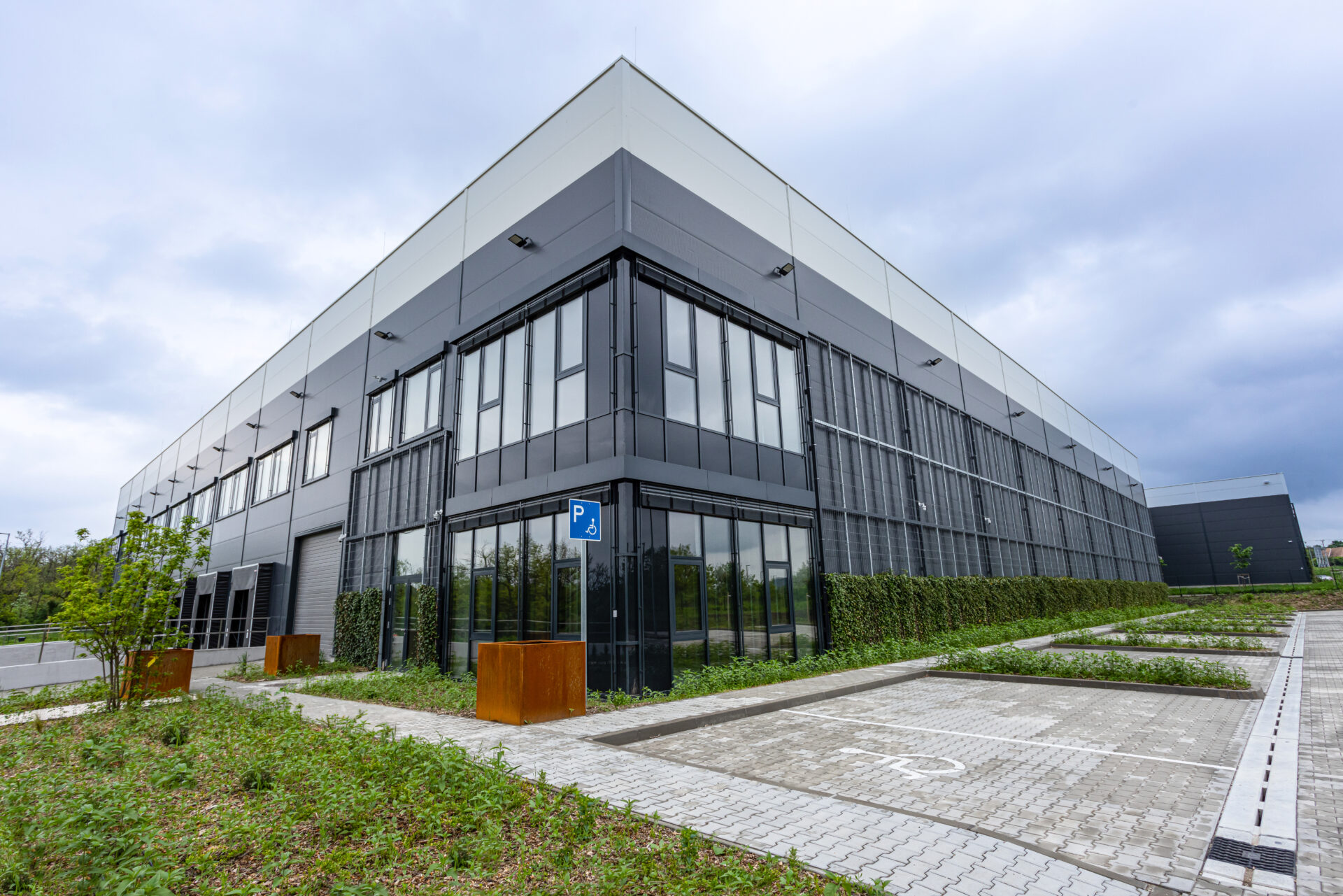A growing number of institutional investors are becoming more open to purchasing a warehouse facility outside Poland’s Big Five market.
Over the years, warehouse locations outside the five largest regions have attracted limited interest from institutional investors. However, along with the development of the country’s road network and increasing difficulties in recruiting employees in major Polish metropolitan areas, new locations are becoming increasingly attractive for tenants and landlords. In fact according to the latest “Small town, big deal” report by JLL, Hillwood Poland and ManpowerGroup, these factors may well translate into higher investment volumes in emerging markets in the next few years.
“Apart from the first signs of interest in new markets, for the time being it’s as you were, mainly due to the fact that the majority of transactions in Poland’s warehouse sector are still happening on the ‘Big Five’ markets. However, new locations should be much more attractive for ‘core+’ investors who are looking for higher yields,” said Sławomir Jędrzejewski, Senior Director, Office and Industrial Investment, JLL.
The limited investment liquidity in emerging locations is affected by the insufficient scale of their respective warehouse sectors, both in terms of supply and the lease market. For example, at the end of last year, existing warehouse space in Eastern Poland ranged from 40,500 sqm in Białystok to 158,000 sqm in the Podkarpacie region. These numbers are dwarfed by the 3.2 million sqm in Warsaw and even Kraków’s 300,000 sqm, whose warehouse is still not perceived as one of the main markets. The situation is similar in the case of demand – the aggregate gross demand in 2018 for Białystok, Lublin, Kielce, Olsztyn, Opole and Podkarpacie was 291,000 sqm which is still less than Poznań’s (331,000 sqm leased).
“Nevertheless, there is an increasing number of institutional investors who are becoming more open to considering the purchase of a warehouse product outside the Big Five markets. Sometimes such properties are sold as a portfolio or as part of a larger portfolio. For example, at the end of 2018, KKCG Real Estate fund purchased five BTS-type warehouses in Poland with a total area of approx. 54,000 sqm. The value of the transaction was estimated at EUR 41 million and the properties subject to the transaction were located outside the main warehouse locations,” said Sławomir Jędrzejewski.
A higher number of investment transactions finalized in emerging markets could also be an effect of the growing activity of developers in these locations, which have seen investments launched by major players in the industrial sector in Poland – Panattoni, 7R, and Hillwood Polska which has developed a logistics centre for Zalando Lounge with an area of 130,000 sqm in Olsztynek (next to Olsztyn). The building was completed in Q1 2019 with its sale to a Korean investor already underway.
“Apart from the expanding road network, another advantage of emerging warehouse markets is the high recruitment potential. This was important when choosing Olsztynek as the location for the Zalando Lounge logistics centre, where around 500 new jobs were created in the course of the year and where, as announced, as much as twice as many jobs could be created still. An investment friendly approach from local governments of many smaller Polish cities is also of crucial importance,” siad Hubert Michalak, Head of Hillwood Poland.
“Investors from Asia, especially South Korea, are particularly active on Poland’s warehouse market. Significantly, the total transaction volume at the end of the first half of 2019 was record-breaking in terms of H1 results and amounted to EUR 374 million. This illustrates the potential of the Polish warehouse sector and it augurs well for emerging markets as well. Investors are becoming increasingly aware of the investment products in these locations, which may translate into an increase in investment both in the medium and long term,” said Sławomir Jędrzejewski.







